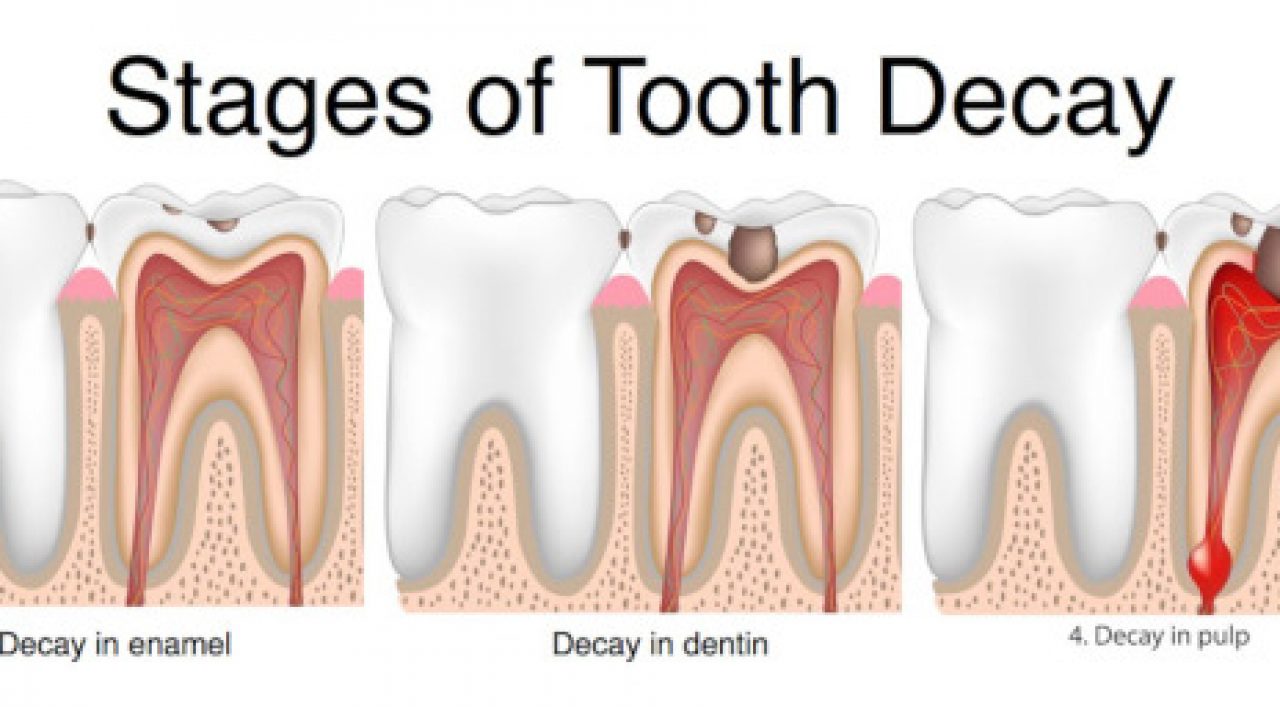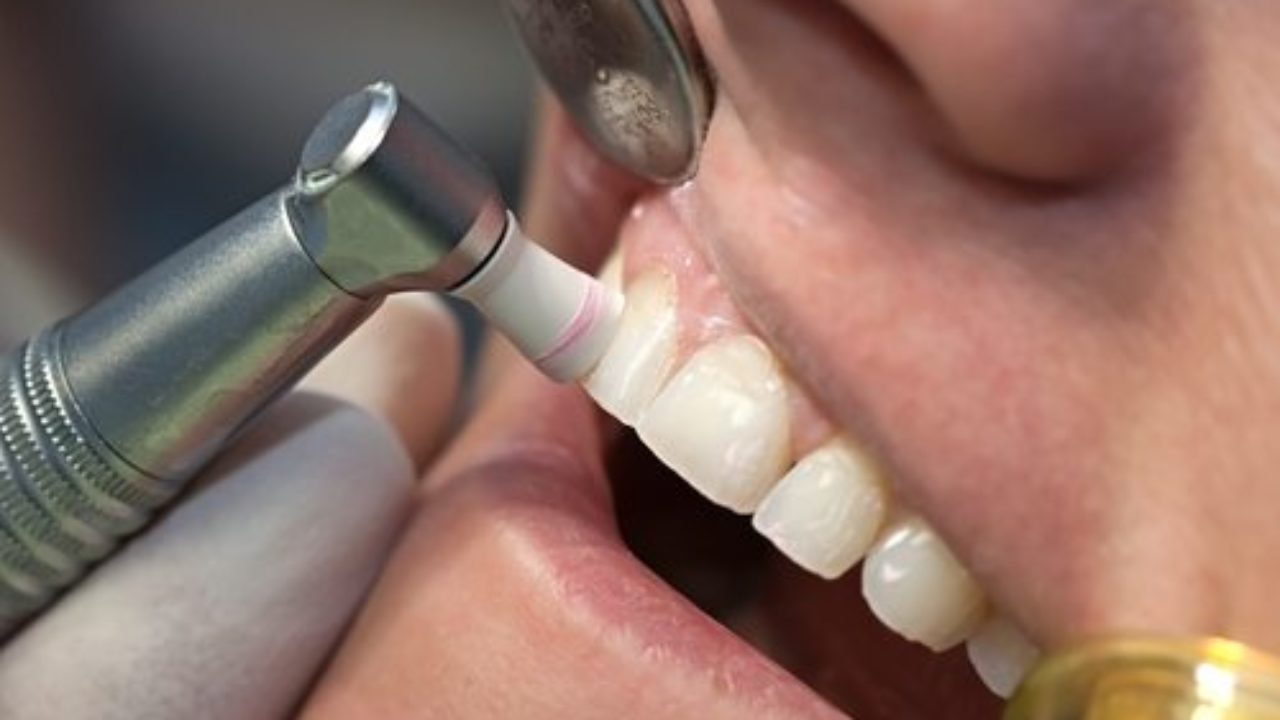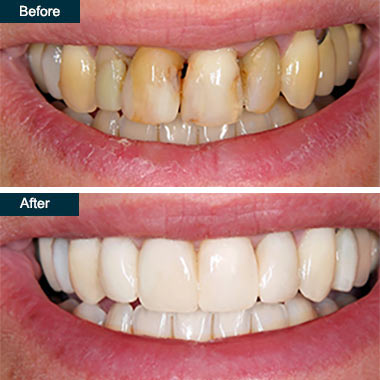How Often Should I Use Dental Floss
Others might like to go to bed with a clean mouth. And don’t forget, children need to clean between their teeth too! Start as soon as your child has two teeth that touch. Because cleaning between teeth demands more manual dexterity than very young children have, children are not usually able to do a thorough job on their own until age 10 or 11.
If you do it too hard, you could damage the tissue between your teeth. If you’re too gentle, you might not be getting the food out. It’s normal to feel some discomfort when you first start, but don’t give up. With daily brushing and cleaning between your teeth, that discomfort should ease within a week or two.
It’s the perennial oral-health question: How often should you floss? Some people do it three times a day. Some do it whenever they remember. And others only do it a few times after a dentist visit, then the floss goes back to the recesses of their medicine cabinet. As insignificant as the act may seem, flossing is actually at the center of an oral-hygiene debate.
How Often Should I Floss My Teeth
 The year before the report’s release, the asked the two departments for their evidence that flossing was actually beneficial. “In a letter to the AP, the government acknowledged the effectiveness of flossing had never been researched, as required,” the AP said in an August 2, 2016 article. There was barely time to put down the floss before the American Academy of Periodontology quickly responded the same day to say that actually, flossing is an important part of daily oral hygiene.
The year before the report’s release, the asked the two departments for their evidence that flossing was actually beneficial. “In a letter to the AP, the government acknowledged the effectiveness of flossing had never been researched, as required,” the AP said in an August 2, 2016 article. There was barely time to put down the floss before the American Academy of Periodontology quickly responded the same day to say that actually, flossing is an important part of daily oral hygiene.
What even is the point of working that little piece of string between your teeth?Flossing, proponents say, helps to remove food particles and bacteria from between your teeth and along your gumline. When this bacteria builds up, it forms plaque, a sticky, colorless film that can threaten your oral health by contributing to tooth decay and gingivitis.
“Gingivitis is the inflammation of the gums around your teeth, which will progress to periodontitis, which is inflammation of the gums in combination with bone loss,” dentist Greg Gelfand, D.D.S., tells SELF. When left untreated, periodontitis can lead to tooth loss. Dr. Gelfand says he can quickly tell when a patient hasn’t touched floss in too long, telling SELF that he more often sees “bleeding gums, a high rate of cavities, bone loss, and bad breath” in people who don’t make flossing a habit.
https://nashvilledentistwestend.blob.core.windows.net/$web/index.html
https://batchgeo.com/map/3af658c2e84155a165f31dc5cef6ad10
https://batchgeo.com/map/19e9c251b7f8d98e2cdfe663e84b8037
https://goo.gl/maps/aQi3Y7TMz4NqM8Ga6
https://goo.gl/maps/cqwd97tijPhMRGwa6
https://goo.gl/maps/zGa9sRNNwLybzefU9
https://t.co/2OTKIbCe1n#nashville-dentist
https://t.co/otKh1XeT7J#dental-cleaning
https://t.co/vddYHAyF15#dental-hygiene
https://earth.google.com/web/data=Mj8KPQo7CiExSlVXR0lZcHhDczdnNTFJS1ZZNzJKYWhsU1c4bmxGd0ESFgoUMEFFMDQ3Q0E4NjE2RjMwMjRCRjA?pli=1
https://gorham-ammarell-dentistry.business.site/
How Often Should I Change A Floss Threader
The differing recommendations stem from the absence of solid, large-scale randomized clinical trials to support flossing as an essential part of taking care of your teeth and gums, periodontist David Genet, D.M.D., tells SELF. What research there is doesn’t paint a very convincing picture. For example, a 2011 review of 12 studies with a total of 1,083 people only found “some” evidence that flossing in addition to tooth brushing reduces gum disease compared to tooth brushing alone - how often should i water floss.
A 2015 meta-review published in the came to a similar conclusion - flossing. The authors analyzed six reviews (including the above one from 2011) with a combined 3,534 people to see how effective various methods, like flossing, are at cleaning between the teeth. “The majority of available studies fail to demonstrate that flossing is generally effective in plaque removal,” the study authors concluded.
Is there an ideal sequence for your oral hygiene routine? Well, according to recent studies, yes. Researchers have found that flossing before brushing may be the most efficient for a thorough removal of dental plaque. This sequence was also found to increase fluoride concentration delivered from the toothpaste, which makes your tooth enamel stronger, making it easier to resist decay.
How Often Should I Floss My Teeth
You can reap all these oral health benefits by playing your role. Your oral health care doesn’t end after you leave your dentist or orthodontist office, you are also a partner in the process. Keep your teeth clean. Orthodontic treatment is a team effort between your orthodontist, dentist and you, and your role includes:Brushing for two minutes after every meal or snack.
Flossing at least once a day, ideally before you brush. Making sure your teeth are thoroughly clean before bed. Seeing your general dentist every 4-6 months for cleanings and check-ups. Avoiding sugary foods and drinks that can contribute to decalcification and tooth decay. Not maintaining a proper oral hygiene routine puts you at risk for poor oral health.
When plaque and food accumulate around your braces this can lead to permanent white marks (decalcification), cavities, swollen gums, bad breath and periodontal disease.Interproximal brushes – these are great at dislodging plaque and food particles trapped between teeth, and to clear out debris that catches on brackets and wires. Water irrigators – these can flush out food particles quickly!Fluoride mouth rinse – whether over the counter or prescription strength, a daily fluoride rinse can strengthen tooth enamel and help prevent white marks (decalcification) - dental floss.
How Often Should I Be Buying Floss
You can work with an American Association of Orthodontists (AAO) Orthodontist to achieve a healthy, beautiful smile at any age. Orthodontists are experts in orthodontics and dentofacial orthopedics – properly aligned teeth and jaws – and possess the skills and experience to give you your best smile. Find an orthodontist near you at aaoinfo.
Flossing is vital activity for keeping teeth clean, and can significantly reduce the chances of cavities and tooth decay as well as gum disease. Remember to help your child learn proper flossing techniques from an early age. How to properly floss your teeth: Break off about 18 inches of floss and wind most of it around one of your middle fingers.
Also, learn about brushing teeth. The American Dental Association (ADA) recommends flossing at least once a day to remove plaque from the areas between your teeth where the toothbrush can't reach. The main benefits of flossing are that it prevents cavities, tartar build up, gum disease, and bad breath. Don’t wait until you feel like there’s food stuck between your teeth to floss.
How Often Should I Floss My Bridge

Flossing your teeth should not be painful. how often should i use dental floss. You may experience discomfort and a small amount of bleeding when you first start your flossing regimen, but with daily flossing and brushing the discomfort should subside within a couple of weeks. If pain persists, consult your dentist.
Flossing should start when your child has 2 teeth that touch. This is often around ages 2 to 3. Always floss under the direction of your child's dentist or primary care provider. Before this age, flossing is not needed. Children often need help with flossing until they are ages 8 to 10.
But brushing alone can't remove plaque that is located in places that a toothbrush can't reach. This includes in between the teeth and under the gums. In addition to removing plaque, flossing also helps to: Remove debris that sticks to teeth between the teeth and under the gums Polish tooth surfaces Control bad breath Your child should floss at least once a day for 2 to 3 minutes each time to be most effective.
How Often Should I Floss My Teeth
It may be more important than the toothbrush (how often should i water floss). The different types of dental floss include the following: Waxed and unwaxed Flavored and unflavored Wide and regular Textured and smooth Your child's dentist or primary care provider can show you and your child how to floss. Methods include: Spool method (also called the finger-wrap method) Cut off a piece of floss about18 to 20 inches long.
Next, carefully move the floss in between the teeth with your index fingers and thumbs in an up and down, not side-to-side, motion. Bring the floss up and down, making sure to go below the gum line. Bend it to form a C on the side of each tooth. Loop method (also called the circle method) Cut off a piece of floss that is about 18 inches long.
Next, place all of the fingers, except the thumb, within the loop (how often should i floss my teeth yahoo). Then use your index fingers to guide the floss through the lower teeth. Use your thumbs to guide the floss through the upper teeth. Go below the gum line, bending it to form a C on the side of each tooth.
Gorham & Ammarell Dentistry
http://www.westendnashvilledentist.com/
124 30th Ave N, Nashville, TN 37203
45WM+3X Nashville, Tennessee
Croley Wood, Nashville TN Dentist
Find Gorham & Ammarell on Google Maps!
Further Information:
https://westendnashvilledentist.blogspot.com/2020/11/dentist-croley-wood-tn-gorham-ammarell.html
https://www.buzzsprout.com/1389628/6344845-dentist-in-croley-woods-nashville-tn-the-oral-health-podcast-gorham-ammarell-dentistry
Videos:
https://youtu.be/Q7vsJuOl5xw
https://vimeo.com/478591461

 Although most of us know what we should be doing to help keep our health intact, in today’s increasingly busy society, it can often be difficult to keep up with those things. Oral health, arguably one of the most important aspects of overall wellness, tends to be an area that is easily overlooked.
Although most of us know what we should be doing to help keep our health intact, in today’s increasingly busy society, it can often be difficult to keep up with those things. Oral health, arguably one of the most important aspects of overall wellness, tends to be an area that is easily overlooked.
 Information for Parents of School-Age Children You probably know that a dental cavity is a hole in a tooth. But did you know that a cavity is the result of the tooth decay process that happens over time? Did you know that you can interrupt and even reverse this process to avoid a cavity? This web page explains how the tooth decay process starts and how it can be stopped or even reversed to keep your child from getting cavities (
Information for Parents of School-Age Children You probably know that a dental cavity is a hole in a tooth. But did you know that a cavity is the result of the tooth decay process that happens over time? Did you know that you can interrupt and even reverse this process to avoid a cavity? This web page explains how the tooth decay process starts and how it can be stopped or even reversed to keep your child from getting cavities (


